QuestionDear Adrienne,
We are all fed up with Kuki - our pet dog who keeps messing up floor all day.We have to keep cleaning ...
My wife cannot live without Kuki.We cannot get rid of Kuki.
Please help !
AnswerGreetings and thank you for contacting All Experts!
I am assuming Kuki is puppy? If so, I understand your frustration. This guide should help you with the potty-training process. If Kuki is not a puppy, please reply back with your dog's age and a little bit of history and I will be happy to further assist you.
A Guide to Potty Training Puppies
Potty training a puppy can be a very frustrating ordeal, and just as in human toddlers it takes time. Some dogs may take less, some may take longer, but the good news is that all puppies will eventually get it!
Regardless of how long it takes for a puppy to be perfectly house trained, there is one truth for it: all dog owners hope for a miraculous way to make it as brief as possible. Truth is, there is no such thing as potty training a puppy in seven days and owners claiming their puppy got potty-trained in 10 days are either lying or they simply cannot recall well really how long it took. Potty training takes time and there are really no big short cuts around it, but there are some strategies that can expedite the process and help minimize the chances for accidents in the house. There are six basic rules that dog owners should follow to make the process of potty training easier and slightly faster.
There are six basic principles that will help expedite the house-training process of puppies. Generally, the potty training process of small breed puppies such as toy and teacup breeds takes much more effort since their bladders are much smaller. Also, some breeds of puppies are more challenging to potty train than others. For instance, basset hounds, dachshunds, Afghan hounds, pomeranians and yorkies have a reputation for not being the easiest to train. It is also important to mention that puppies kept in shelters, pet stores, or puppy mills are much harder to house train since they were basically allowed to urinate and defecate in their cages from the get-go.
In order to up your likeliness for success in potty training puppies you will need to arm yourself with a few items other than time, loads of patience and consistency.
Things you will need:
Puppy Crate
Puppy Collar
Puppy Leash
Timer or Watch
Chart
Treats
Effective Cleaning Products
Secret Strategy 1) Recognizing Signs
No potty training program can work well if the owner fails to recognize early signs of a puppy that has to go potty. When the puppy is very young, it has no awareness whatsoever of it bladder and bowel needs, therefore it does not know it needs to go until it actually ''goes''. As the puppy grows, she will learn to become more and more aware of her bodily functions, and therefore, she will learn to exhibit more and more relevant signs announcing the need to be taken out. As these signs become relevant, it is imperative that dogs owners read them so they can take the puppy promptly out. Following are some signs suggesting a puppy must be taken out:
Your puppy is actively playing and then suddenly wanders away and perhaps starts sniffing.
She starts sniffing the floor
She heads towards an area she has soiled on before
She looks distracted, agitated, excited or more active
She starts whining
She is not interested in a treat or toy
Secret Strategy 2: Potty time-frame
How often a puppy should be taken out is often a question many puppy owners ask themselves, The truth is it varies. A simple formula for puppy owners was developed not too long ago and I call it the ''month plus one rule''. The rule consists of calculating how old the puppy is in months and then adding the number one. So let's say for instance, the puppy is two months old, you would then add 1 and get the number three. Three hours is how often you would generally take your puppy outside. If a puppy is four months old, it would need to be taken out every five hours and so forth.
As much as this formula may help, truth is, it is not totally reliable. A puppy's bladder or bowel does not know how to count, and there are too many variables such as how much the puppy drank or ate, and when and so forth. For instance, most puppies are better capable of holding their bowel and bladder movements when they sleeping rather than when they are active. According to Applied Animal Behaviorists Patricia McConnell and Karen B. London in their booklet ''Way to Go!'' puppies between the ages of 7 and 12 weeks may need to be taken out every half hour or even more frequently when they are awake and active.
Puppies are also more likely to go potty at specific times of the day, following are some times you may want to take your puppy out:
Right after waking up
Right after eating and drinking
Right after a play session
As often as needed when the puppy is active
As often as needed during the night (yes, this means waking up in the night/early morning to take the puppy out).
Secret Strategy 3: Management
Now that you know the signs your puppy needs to be taken out and how often, it is imperative to manage the situation. In order to successfully potty train your puppy you need to have an eye on her as much as possible. The more you are capable of supervising your puppy, the better chances you will have to recognize signs your puppy will have to do business. This means that in order to put your puppy for success your puppy should be constantly supervised which means your puppy will be in one of the following scenarios:
a) in a room with you while you actively watch every her movement
b) attached to you with an umbilical cord as you run errands around the home while paying attention to her (umbilical cord is a leash attached to your puppy's collar with the end of the leash around your waist or snapped to your belt
c) outside with you going potty
But of course, your puppy cannot be supervised 100% of time. In these cases, your puppy should therefore be either crated or in a small puppy-proof area. Crate training is based on the principle that puppies do not like to soil in an area where they sleep. It is fundamental therefore to invest in a crate of the right size, the crate should be snug enough that the pup is not comfortable soiling in a corner and sleeping in another corner, but yet, large enough that the puppy can comfortably stretch, stand up and turn around. The small room should be easy to clean up, most owners choose a bathroom (remember to keep the toilet seat down and chemicals out of reach) or an area of the kitchen closed off with a baby-gate.
Secret Strategy 4: Set a Routine
Now, you can make a routine and try to abide to it. It is crucial that you feed your puppy at specifically selected times each day so you can have better control. A good idea would be to prepare a chart and record what the puppy did with check marks. This will help keep track of things. A good routine for a two month old puppy would therefore look like this:
6 AM take puppy out -did puppy pee? did puppy poop?
8 AM feed puppy and take puppy out right after -did puppy pee? did puppy poop?
10 AM take puppy out-did puppy pee? did puppy poop? ad so forth....
It may help to use a timer or a watch to remind you it is potty time.
Secret Strategy 5: Train Positively
Gone are the days where puppy's noses were pushed in the pile of poop or where puppy's bottoms were smacked with a rolled up newspaper. We know better now. Puppies lost faster and better with positive reinforcement. This means rewarding what we like and making it clear to the dog. Keep a treat pouch by the door and every time you go outside wear it. From now on, every time your puppy is taken out and goes potty you will throw a party.
This is how it goes. You take your puppy out. The moment you notice your puppy is squatting to pee or poop right before she actually goes you say ''go potty''. This will teach your puppy to go potty on cue if you are diligent enough in consistently saying it. Right after your puppy goes, immediately give her a treat and praise lavishly.
Of course, puppies also learn by their mistakes. If you catch your puppy in the act going on your dining room rug, clap your hands suddenly. This should startle your puppy enough to stop her going in her tracks, and hopefully should give you enough time to scoop her and take her out. Forget about punishing your puppy when you come home from work and find a mess; your puppy will have no clue you are punishing her for something that occurred hours ago. She will instead think you are punishing her for just looking at you or whatever she was doing at the present moment.
Strategy 6: Clean up Correctly
There are right and wrong ways to clean up messes. An absolute wrong way is to use products containing ammonia. Ammonia smells like urine to dogs and will actually encourage urinating in the home. If you fail to use the right products to clean messes, you will endure in unnecessary hardship. With more than 220 million olfactory receptors, dogs can easily spot areas they have soiled before It comes as no surprise why dogs with good noses such as hounds may be more difficult to potty train.. As Patricia McConnell and Karen B. London put it goes a long way: '' the scent of urine is a neon sign that says ''restroom to dogs'' and ''will attract like a billboard saying public restroom''.
It is fundamental therefore to use products that contain enzymes which will ''eat away'' odors. Some good products are Nature's Miracle and Petstatic. I am not sure of what products with enzymes you may find in your country, it does not hurt to ask around.
I hope you are not overwhelmed! It sounds like you really love Kuki and Kuki is lucky to have a family like yours! Again, if Kuki is an adult reply back with the age and more details, and I will be happy to assist you. Adult dogs who suddenly soil in the home may have medical problems or may be going under times of stress. I hope this has helped, kind regards,
Adrienne Janet Farricelli CPDT-KA

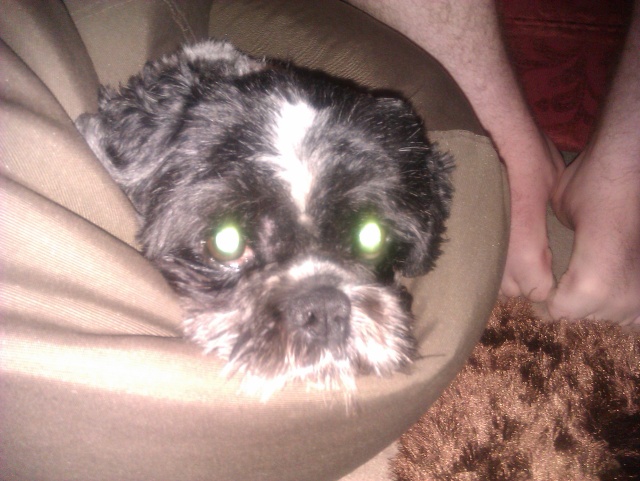 having problems with toilet training
Question
Oscar
hello
A friend of ours dog, Oscar is a 5
having problems with toilet training
Question
Oscar
hello
A friend of ours dog, Oscar is a 5
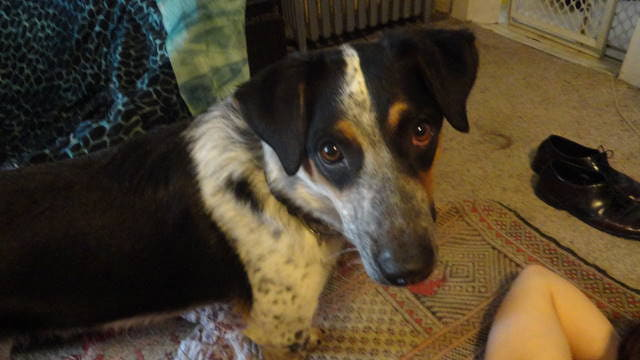 A doting mother in need of help!
Question
Chewy
In the past year I got a cattle d
A doting mother in need of help!
Question
Chewy
In the past year I got a cattle d
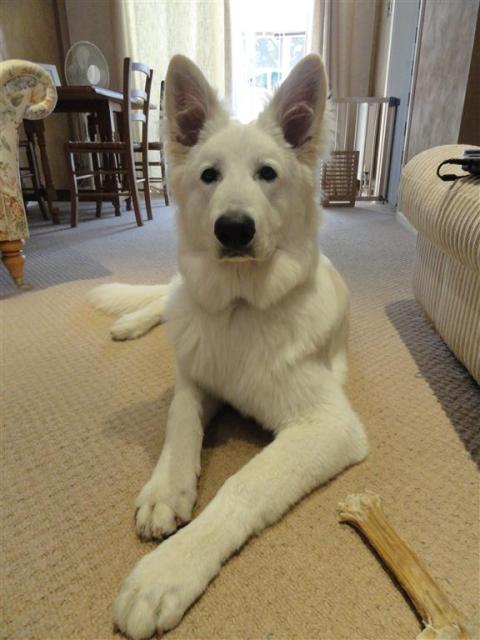 Barking at strangers
Question
Kupe
We have a 7 month old (not neutered) male
Barking at strangers
Question
Kupe
We have a 7 month old (not neutered) male
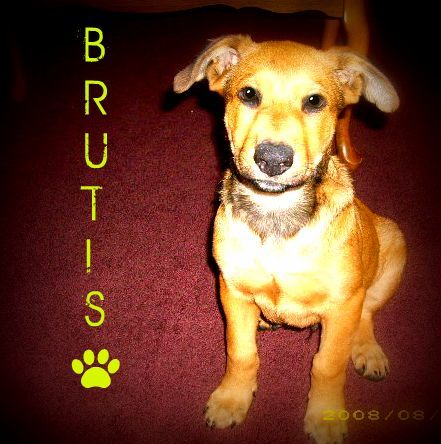 dog training.
Question
Brutis
I have a 6 month old german shepherd/la
dog training.
Question
Brutis
I have a 6 month old german shepherd/la
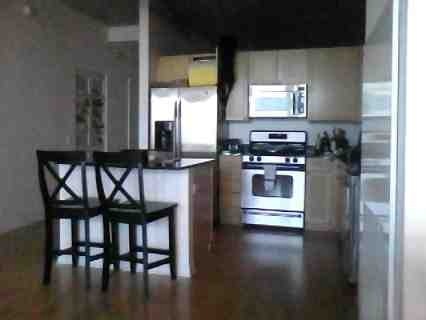 Dog jumps on counters, Refrigerator,cabinet tops when Im not home
Question
Bell
Hello,
I dont even know where to
Dog jumps on counters, Refrigerator,cabinet tops when Im not home
Question
Bell
Hello,
I dont even know where to